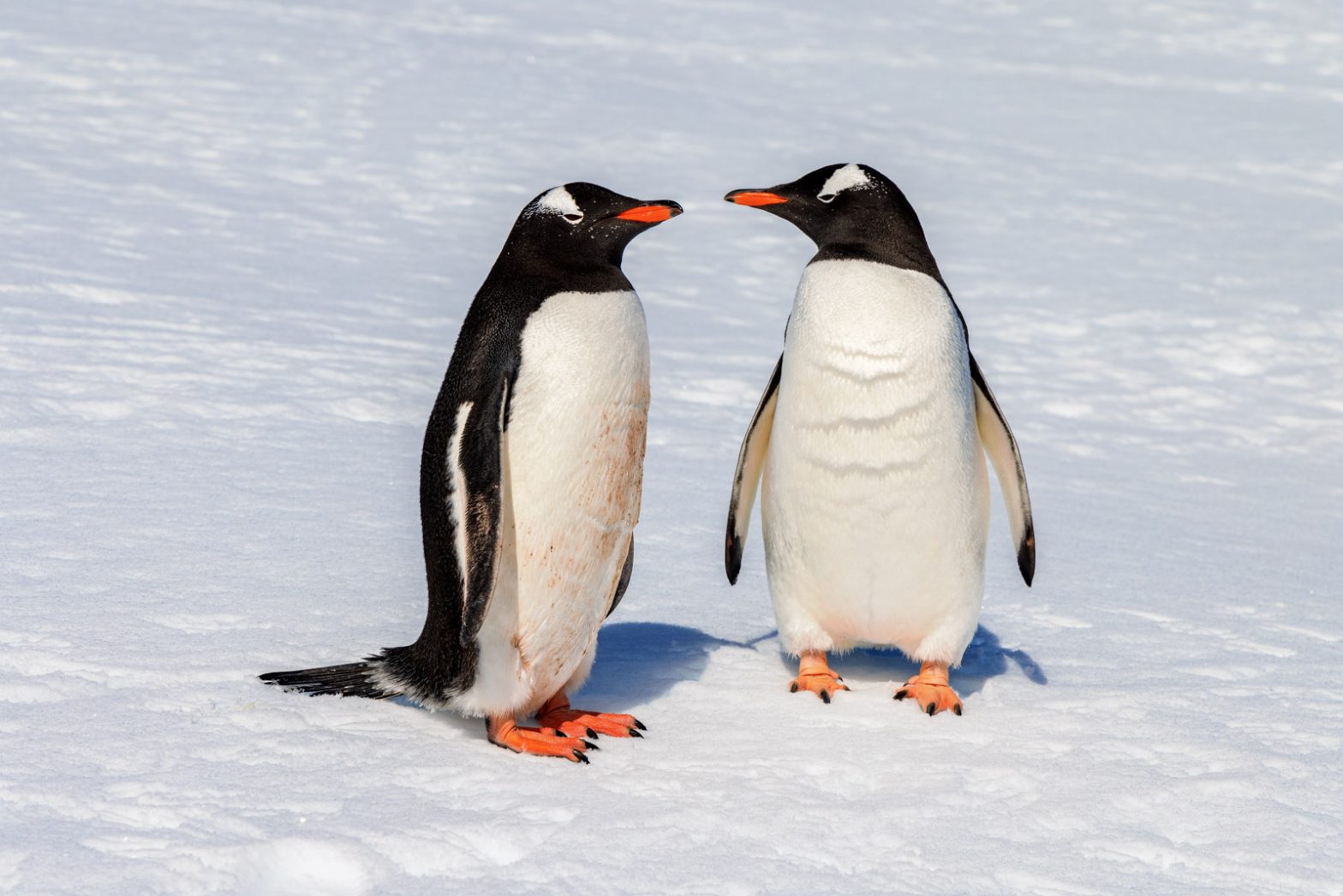
Expedition at Barrientos Island – ANTARCTICA ENTRY 5 by Cindy Goeddel
Follow Cindy Goeddel as she steps ashore onto the Barrientos Island, Antarctica.
We are now in truly Antarctic waters, well south of the 60th parallel, and at the South Shetland Islands. Discovered by William Smith in February 1819, they are rich in wildlife which was exploited by dozens of American and British sealing vessels harvesting the large fur seal population that bred here. Within two years the seals had almost been eliminated.
Barrientos Island is a small, ice-free island in the Aitcho group on the west side of English Strait in the South Shetland Islands, Antarctica. Extending to 160 acres, it contains breeding colonies of both Chinstrap and Gentoo penguins, Southern giant petrels, and Wilson’s storm-petrels.
As we plan our first landing on Barrientos Island, 30-40 knot winds await us. I am conflicted – a mixture of excitement and apprehension. Excited to photograph Chinstrap and Gentoo Penguin colonies, but nervous because I have no idea what to expect. I am so used to knowing intimately the places I photograph, this is new ground in more ways than one. We waterproof ourselves, load into the Zodiacs and make our way to the island. Penguins are everywhere. I listen, observe and move slowly, shifting my feet and changing my angles looking for subjects isolated against a clean background, all whilst trying to hold steady in the wind. The incubating Penguins are stealing rocks from each other and very bravely cliff jumping from a height of about 6 inches; yes, 6 inches, they get as low as they can and look silly as they throw themselves off! We also had three species of seal: the Crabeater, Elephant and Weddell, pose for our lenses. A great first landing.

